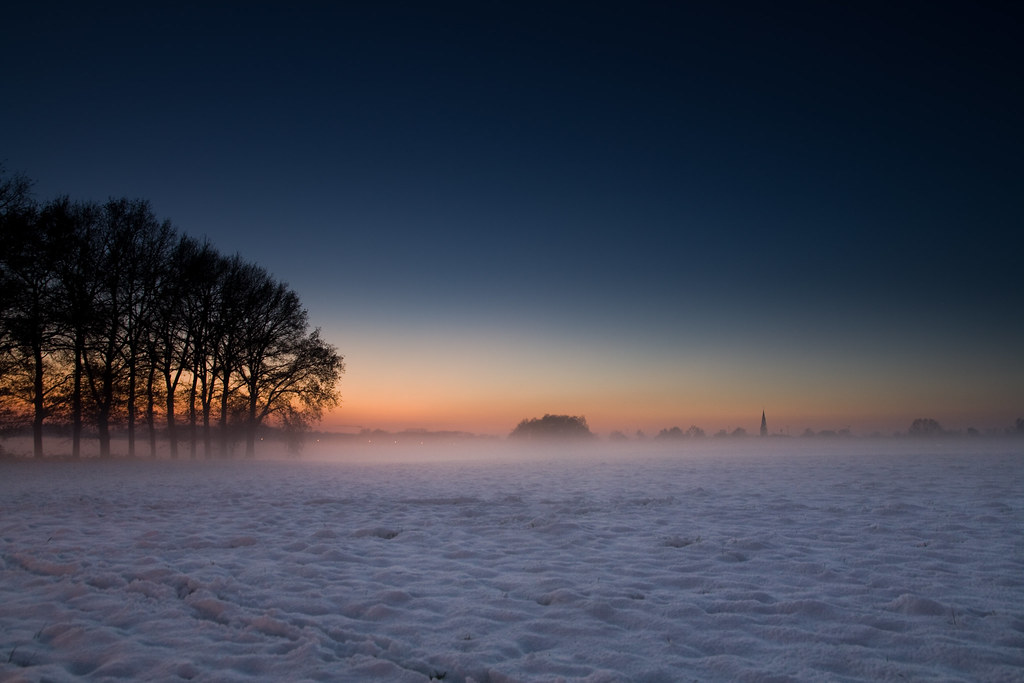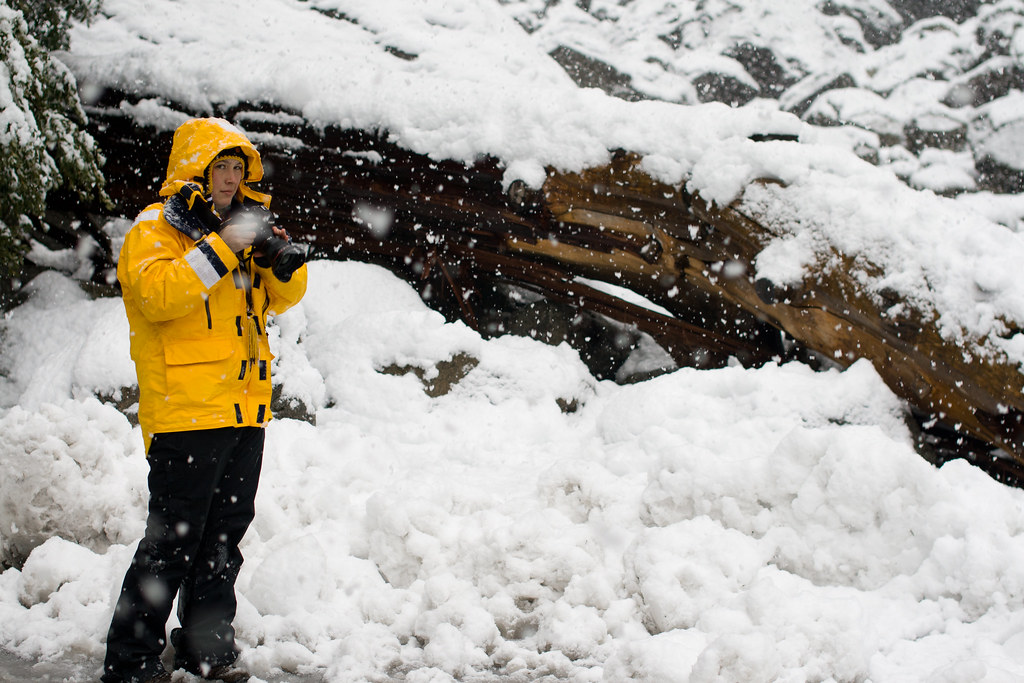Winter Is Coming – How to Take Care Of Your Gear
By Dzvonko PetrovskiWinter is almost here (in most countries, that is). Many of us will want to shoot outside even though it can be cold. But before heading out in the punishing temperatures, you need to take proper care of your gear in order to avoid any unwanted damage.
First thing you need to do is to open the manual and check your camera operating temperature. On most of the electronics it is from 0 to 35 degrees celsius. However, I’ve used my trusty old Canon EOS 1000D at -10 degrees without any damage. (Well, at least the second time and onward). It is wise to read up on experiences from other users as well because this can vary from camera to camera. It also applies for lenses, and all other accessories you have on the camera, not just the body.

Jyrki Salmi
Once you know that your camera can take the cold you're in a position to prepare it for some cold weather shooting.
First of all, acclimatise the camera – don’t bring it from room temperature to -10 directly. Put it in a backpack or bag and give it time to acclimatise to the temperature slowly. Something around half an hour should do.
If you go from cold to room temperature you risk condensation which can damage electronic components by shorting them out. That can mean the end for your camera or lens, especially flash (since much higher voltages go through it).
In the reverse scenario you risk small harmless condensation freezing instantly and jamming or damaging mechanical components (such as the shutter, focus motor and so on). So remember, acclimatization is important.

zoutedrop
In case you notice that the camera is getting condensation in it (lens gets misty, especially the rear end) shut down the camera immediately and remove the battery pack, detach the lens and wait for the water to dry off.
If you keep it in a dry and clean environment the water won’t leave stains on the glass.
Detaching the lens is important because most of the water will collect on the glass element and it can spill inside the camera and cause more damage. Once you see that there is no more water visible on the surface, don’t move the camera and wait for another hour or two before powering it on. If it feels moist upon touch, do not power it on.
80% of the time water is harmless to electronics if there isn’t any current running through it (this doesn’t apply for salt water, however) and you allow it to dry before reintroducing current.
While outside in the cold, if you notice your LCD screen acting laggy or if you see rainbow-like formations, the camera (or at least the screen) can’t take that temperature.
Put the camera in the bag and return to warmer areas (gradually of course). This applies to the shutter as well. Keep your ears sharp – if it sounds like it operates slower than usual, or if you hear grinding or any sounds that aren’t usual, then the temperature is too cold for your camera.
Note that weather sealed cameras are more resistant to cold and extreme weathers, while non sealed cameras suffer faster from the elements.
However, if there is snow or rain you should take care with your camera, even if it is weather sealed. If exposed for too long, even sealed cameras can break down, therefore it is best to keep the camera as dry as possible and avoid hard snow/rain.
There are many plastic coats you can buy for your camera and they are usually really cheap. They can make big difference and it isn’t a big investment. In fact I’ve seen plastic camera covers for something around 10$.
It is also wise to keep dehumidifier packs in your bag. These can be bought or you can find them with almost any shoes you buy. They are small packets filled with grains like rice. Throw two or three in your bag just in case. The grains inside attract humidity and help with avoiding or mitigating condensation.
These are some of the weather factors that you must take into consideration when you do photography. Keep them in mind whenever you do a photo shoot during the winter.
Share this article.
 dmertl
dmertl Elisa …
Elisa …
No comments:
Post a Comment
Note: Only a member of this blog may post a comment.